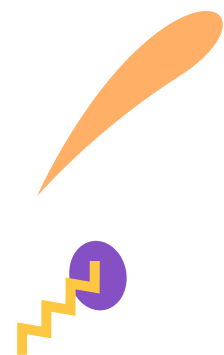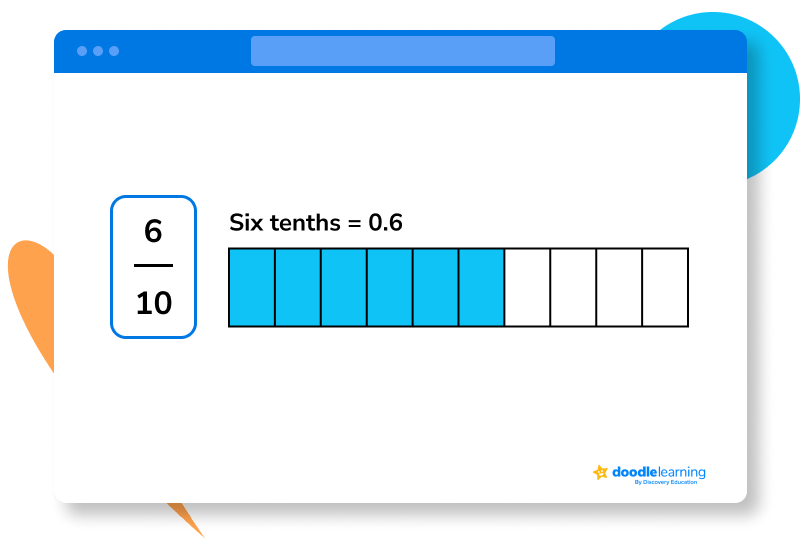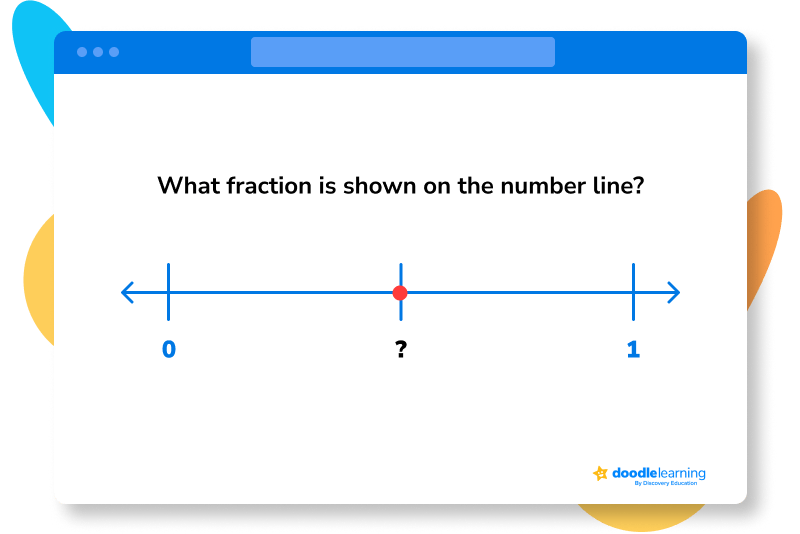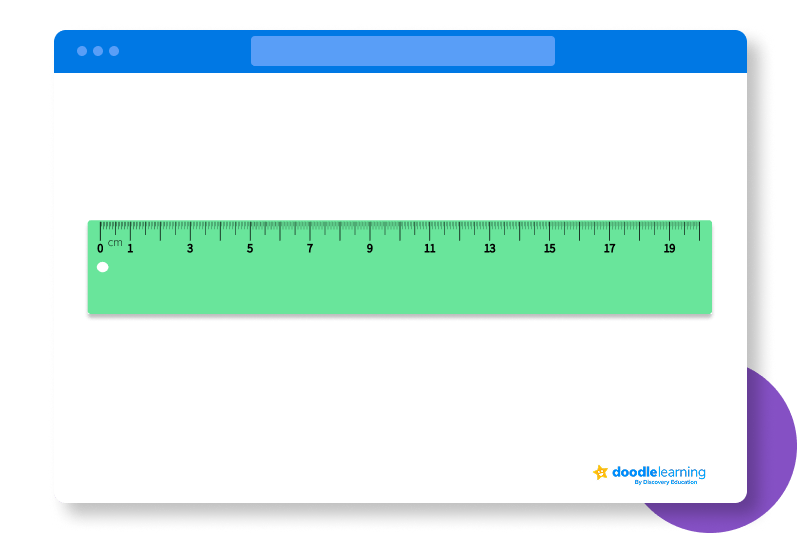

Everything you need to know about the Year 4 maths curriculum.

Author
Robyn Oliver
Published
September 2025


Key Takeaways
Table of contents
A Year 4 child should now have a foundation of maths skills that they are using to scaffold their future learning. During their Year 4 maths lessons, children will be exploring more complex maths concepts. There is an expectation that Year 4 students will be able to recall basic mathematical rules to help them solve more complex problems! Maths isn’t just a skill that needs to be developed for schooling or a skill we only practice to pass exams; maths is a lifelong learning requirement.
Let’s take a look at the ways maths benefits a child:
A Year 4 child will be able to apply their mathematical knowledge in real-life situations. Maths is used in everyday life, from cooking to understanding sports rules to budgeting their spending money.
Maths teaches children ways to be flexible with their thinking! It teaches resilience and persistence, which in turn support strong mental wellbeing.
Cognitive skills transfer over to lots of different areas of learning, and these skills are practiced and developed in maths as children acquire knowledge, manipulate information, and problem solve!
The Year 4 maths Australian curriculum is made up of three strands: Number and Algebra, Measurement and Geometry, and Statistics and Probability. Each of these strands is further divided into multiple sub-strands.
In Year 4, your child will be introduced to the following sub-strands of the curriculum:
Unlock unlimited maths questions
Put your skills to the test with fun exercises + maths games that are proven to boost ability!
Children will learn how to:


Children will learn how to:
Children will learn how to:

Children will learn how to:
Children will learn how to:
Children will learn how to:
Children in Year 4 are not formally assessed in tests such as NAPLAN. They will, however, be sitting NAPLAN in Year 5, and some schools may include practice tests in Year 4 to support children with that process. As there are no formal assessments, most schools will use a variety of in-class assessment methods, which they may combine with Australian-approved testing programs that focus on the Year 4 maths curriculum.
Informal Assessment Methods:
Testing Programs:
Some schools choose to use testing programs such as PAT Testing. Progressive Achievement Tests (PAT) are not a formal requirement, and schools can choose if and when they deliver these assessments. If your child’s school chooses to partake in PAT tests, you will usually be informed before this takes place. PAT tests are a series of maths and literacy tests completed digitally, and results can be compared across Australia. This is a great method of identifying strengths and weaknesses in schools and programs, which can be adapted accordingly.
Homework is often a battle; sometimes, a simple tweak to the environment can make a difference. Before asking your child to start their homework, check in and make sure they are comfortable and set up for success. Some children learn best by standing at tables! Some prefer to be seated at lapdesks! Do they have the correct tools they need? Pencils, pens, rulers, etc. Are there background distractions? Trying to focus on homework with busy siblings running around the house can cause frustration! Year 4 children are using so much of their mental energy to focus in a busy school environment all day, so check in and let them regulate before introducing more learning.
As well as the above tips, to truly help your child with maths at home, the number one priority is to build their confidence. When a child feels capable, they’re ready to learn! It’s important that children are exploring maths concepts that are suited to their current ability. This is the philosophy behind Doodle Learning. The Doodle Learning maths app is created by teachers and provides a personalised program that builds on your Year 4 child’s strengths. The program focuses on helping them build a solid foundation, which is essential before they can tackle more advanced problem-solving. A confident learner is a successful learner. Your child might not always get the answers right, but they will always be willing to try!
Lesson credits

Robyn Oliver
Robyn is a teacher, educational content creator, and mum to three. After completing a Bachelor of Childhood Studies and a Postgraduate Certificate in Early Childhood Education, she moved to Perth, WA, and has spent her career working in a range of early childhood services and schools. These days, she mixes relief teaching in local schools with creating practical, engaging resources and mentoring early childhood services. Her work is driven by a genuine passion for supporting children to grow and learn, and helping educators feel confident and inspired in what they do.

Parents, sign up for a DoodleMaths subscription and see your child become a maths wizard!

Book a chat with our team
If you’d like to use Doodle’s browser version, please visit this page on a desktop.
To log in to Doodle on this device, you can do so through our apps. You can find out how to download them here: